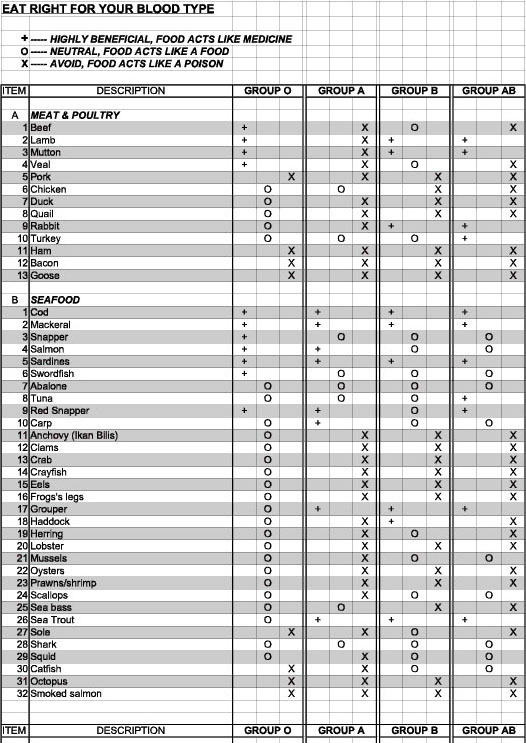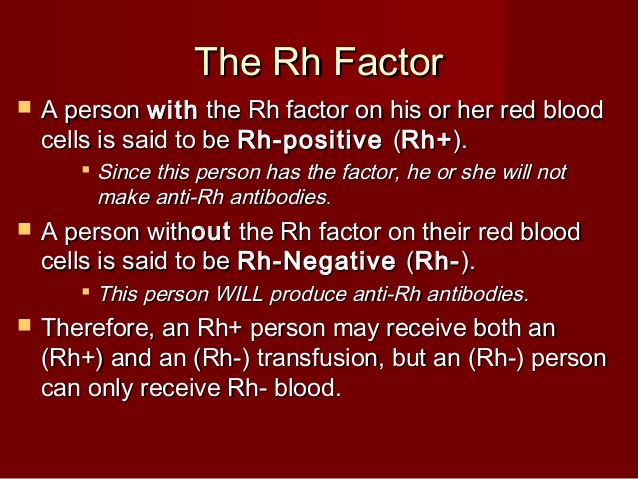

First I am RH Negative and I have had unusual experiences of ET contact and in the capacity of remote viewing the energetic Blueprints of planet earth. With the intention of transparency and sharing with the family that shares this bloodline, I humbly submit this for support and better clarity. However, other antigens of this blood group system are also clinically relevant. The status is usually indicated by Rh positive (Rh+ does have the D antigen) or Rh negative (Rh− does not have the D antigen) suffix to the ABO blood type. This term strictly refers only to the most immunogenic D antigen of the Rh blood group system, or the Rh− blood group system.

This line of exploration obviously takes as far away from the Red Cross and into more philosophical lines of thinking, so let’s save that for the following YouTube video.An individual either has, or does not have, the "Rhesus factor" on the surface of their red blood cells. It’s likely that genetic variations were mutations in response to diseases, but some speculate that it represents a split between Cro-Magnons and Neanderthals. It is thought that the blood types can be traced back to specific genetic differences between humans. Like ABO, there is a rule-set for Rh and the rest is left up to chance.

There are three “alleles” (alternatives) for how the gene is expressed. How is ABO Blood Type Inherited?ĪBO blood type expression is controlled by a single gene. Some combinations are certain, some won’t be able to occur with specific parents, and some have only a chance of occurring (see charts below). Blood types have a percentage chance ( probability) of occurring based on parent’s blood type. This is true for ABO and Rh respectively. How is Blood Type Inherited? How are Blood Types Determined?Ī child’s blood type is inherited from it’s parents based solely on the parents blood-type. Red blood cell compatibility table ( source) Recipient įACT: Blood type (or blood group) is determined, in part, by the ABO blood group antigens present on red blood cells. The Rhesus blood type named after the Rhesus monkey was first discovered in 1937 by Karl Landsteiner and Alexander S. Either blood tests positive ‘+’ for the Rh antigen or it tests negative for the Rh antigen ‘-‘. Rh blood group system directly determines whether or not mating will be a problem.ABO is widely credited to have been discovered by the Austrian scientist Karl Landsteiner, who identified the O, A, and B blood types in 1900. A means only the A antigen is there B means only B AB means A and B and O means no A or B antigens (think ZERO, not the letter “O”). The ABO blood group system (as in A, B, or O) directly determines how blood can be shared for transfusions along with Rh.There are 35 known blood groups systems, but the two main systems that determine mating and blood transfusions are Rh and ABO. All cells that contain DNA share the same DNA. FACT: Red blood cells are notable for being one of the few cells in our body that don’t contain DNA information, although the cells that produce them do.


 0 kommentar(er)
0 kommentar(er)
